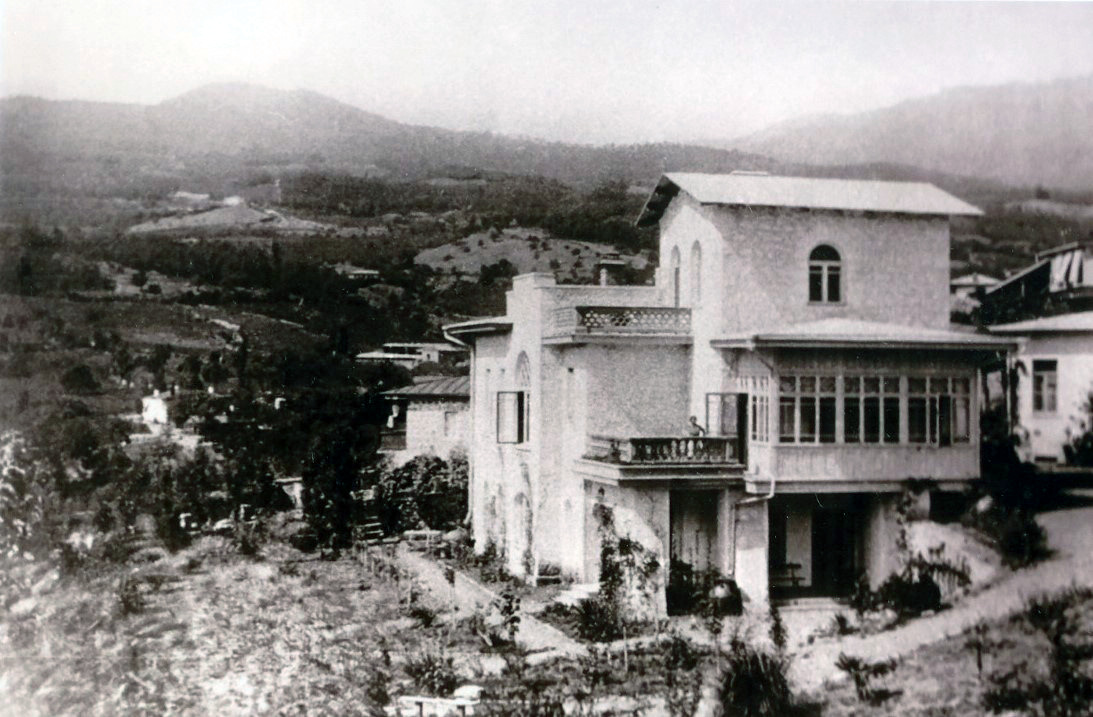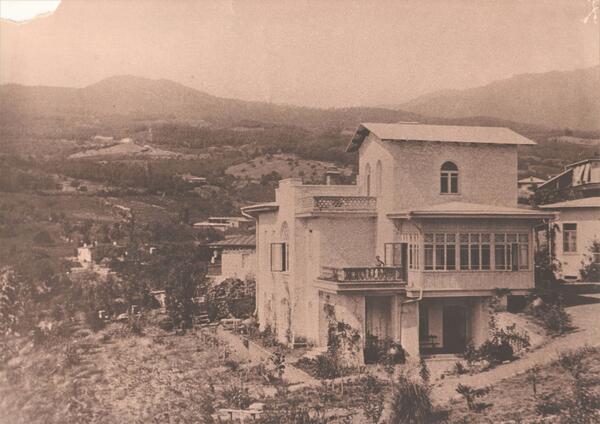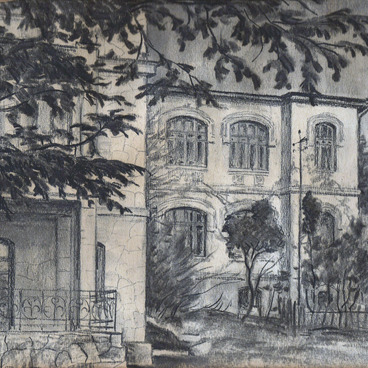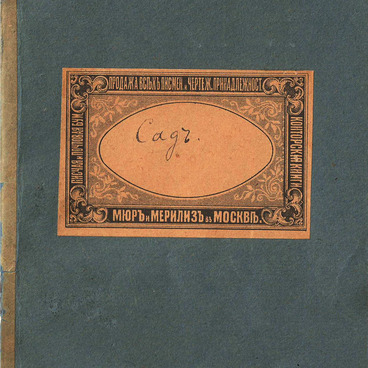Anton Pavlovich Chekhov changed many places during his life, but nevertheless “White Dacha” in Yalta is a special place in the life and work of the writer. At first glance, this is an ordinary house. Initially, it was assumed that Chekhov would spend only winters here. There were enough similar houses in the resort town. But it was Chekhov’s house that was later called ‘the most original building in Yalta.’
With the architect who created the project of the house, Lev Nikolayevich Shapovalov, Chekhov met in the shop of the bookseller Sinani, here, in Yalta. Subsequently, Shapovalov called his meeting with the writer fundamentally changing his whole future life. Chekhov, an amazingly sensitive person, saw the young man’s talent immediately, so he did not hesitate a bit, trusting the architect to build a house. The architect managed to consider all the writer’s wishes, the main of which was that the house should be modest, simple, cozy and comfortable. As Chekhov’s attending physician Isaak Naumovich Altshuller wrote, it was required that all rooms of the house must be isolated as much as possible. The house plan was carefully worked out. It was also necessary to provide rooms for numerous guests and a spacious dining room.
The construction was completed on September 9, 1899. Chekhov wrote to his brother: “Dear Ivan, ours arrived safely… We live in a big house, there is enough room. Things arrive little by little. " This date is the date of housewarming, although by no means not everything in the house was finished. As Maria Pavlovna notes in her memoirs: ‘Anton Pavlovich himself lived in an outbuilding… There were no doors in the house yet; we attached newsprint to the jambs with buttons to protect ourselves from immodest eyes. "
Anton Pavlovich was proud of his home. Although in one of the letters he calls ‘White Dacha’ ‘small and cramped, like a box of sardines’, in the next he declares that ‘his own castle has been built in Yalta.’
So why did Shapovalov give such a high esteemt to the meeting with Chekhov? Because Chekhov’s “White Dacha” became the start of successful work for him. For several more decades, Shapovalov carried out orders for the development of projects and the construction of houses in the Crimea, and in 1913 he took the position of the Yalta city architect.
With the architect who created the project of the house, Lev Nikolayevich Shapovalov, Chekhov met in the shop of the bookseller Sinani, here, in Yalta. Subsequently, Shapovalov called his meeting with the writer fundamentally changing his whole future life. Chekhov, an amazingly sensitive person, saw the young man’s talent immediately, so he did not hesitate a bit, trusting the architect to build a house. The architect managed to consider all the writer’s wishes, the main of which was that the house should be modest, simple, cozy and comfortable. As Chekhov’s attending physician Isaak Naumovich Altshuller wrote, it was required that all rooms of the house must be isolated as much as possible. The house plan was carefully worked out. It was also necessary to provide rooms for numerous guests and a spacious dining room.
The construction was completed on September 9, 1899. Chekhov wrote to his brother: “Dear Ivan, ours arrived safely… We live in a big house, there is enough room. Things arrive little by little. " This date is the date of housewarming, although by no means not everything in the house was finished. As Maria Pavlovna notes in her memoirs: ‘Anton Pavlovich himself lived in an outbuilding… There were no doors in the house yet; we attached newsprint to the jambs with buttons to protect ourselves from immodest eyes. "
Anton Pavlovich was proud of his home. Although in one of the letters he calls ‘White Dacha’ ‘small and cramped, like a box of sardines’, in the next he declares that ‘his own castle has been built in Yalta.’
So why did Shapovalov give such a high esteemt to the meeting with Chekhov? Because Chekhov’s “White Dacha” became the start of successful work for him. For several more decades, Shapovalov carried out orders for the development of projects and the construction of houses in the Crimea, and in 1913 he took the position of the Yalta city architect.



